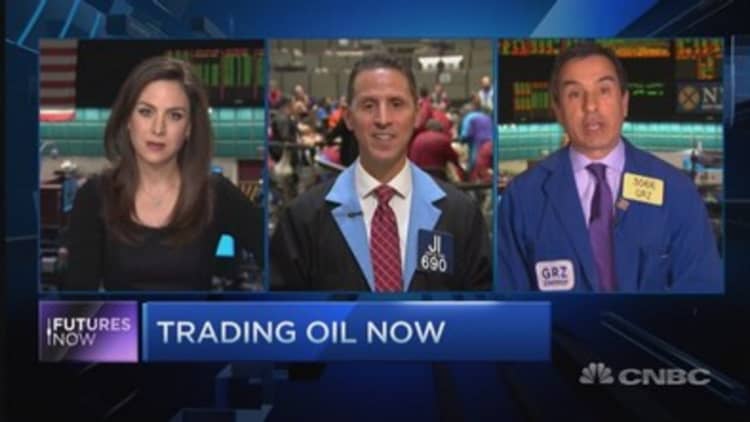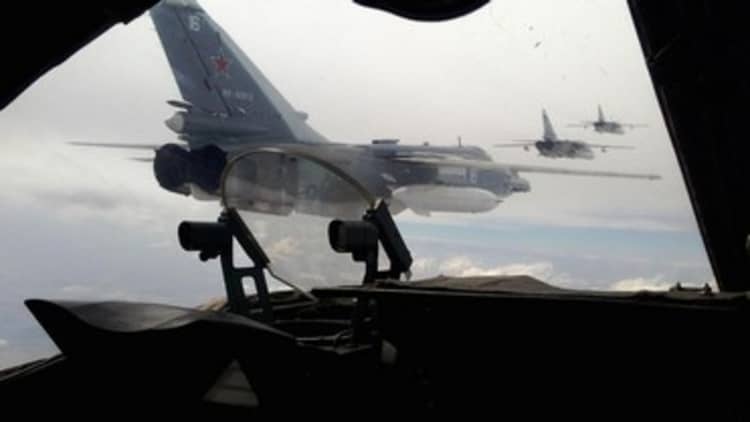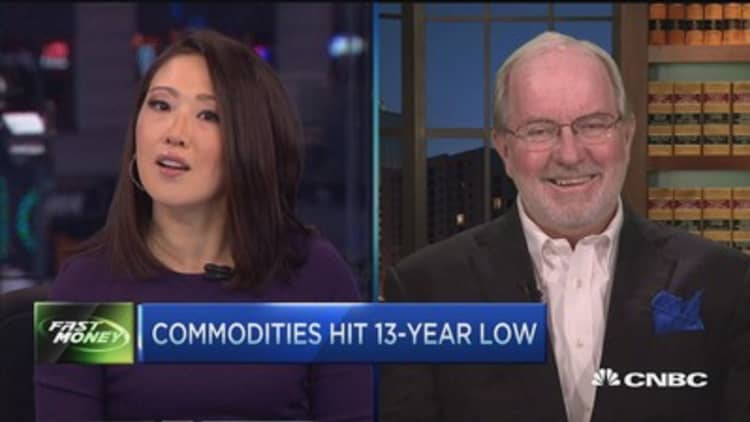


U.S. crude prices closed higher on Tuesday, rising more than 2.5 percent, after a spike in Middle East tensions from Turkey's downing of a Russian fighter jet and a rally in U.S. gasoline stopped crude futures testing low $40 levels.
Russian President Vladimir Putin called Turkey's shooting of its jet a "stab in the back" that could have "serious consequences." Middle East tensions have already been heightened by Russian air raids over Syria to punish those it blamed for the downing of a Russian passenger jet over Egypt last month.
Gasoline jumped as much 5 percent as bearable pre-winter temperatures and low pump prices continued to encourage road travel in the United States. Traders also cited the delayed restart of the 70,000 barrels-per-day gasoline making unit at Irving's St. John, New Brunswick refinery.
Brent futures for January were up $1.34, or 2.99 percent, at $46.17 a barrel at 2:33 p.m. EDT, after hitting a two-week high at $46.50.
U.S. West Texas Intermediate (WTI) crude settled up $1.12, or 2.68 percent, at $42.87. It hit $43.46 earlier, its highest since Nov. 11.
Traders have been betting the global oil glut and rising U.S. crude stockpiles will push WTI below the 6-½-year lows of $37.75 set on Aug. 27, and Brent will fall with it.
The heightened geopolitical tensions across the Middle East could delay that slide, some analysts said.
Speculation that Saudi Arabia was keeping its options open for price cooperation with other oil producers at the Dec. 4 OPEC meeting could also provide interim support to crude.
"Ultimately, we still see a drop to around $37.75, but such a development is not expected until the market gets through the OPEC meeting at the end of next week and when increasingly bearish global supply balances places additional pressure on the WTI curve," said Jim Ritterbuch of Chicago-based oil consultancy Ritterbusch & Associates.
Analysts polled by Reuters forecast that government data on Wednesday will likely show a 1.1 million-barrel jump in U.S. crude inventories for the week to Nov. 20.
Market intelligence firm Genscape reported a build of 2.2 million barrels at the Cushing, Oklahoma delivery point for U.S. crude futures for the same week, traders who saw the data said on Monday.



